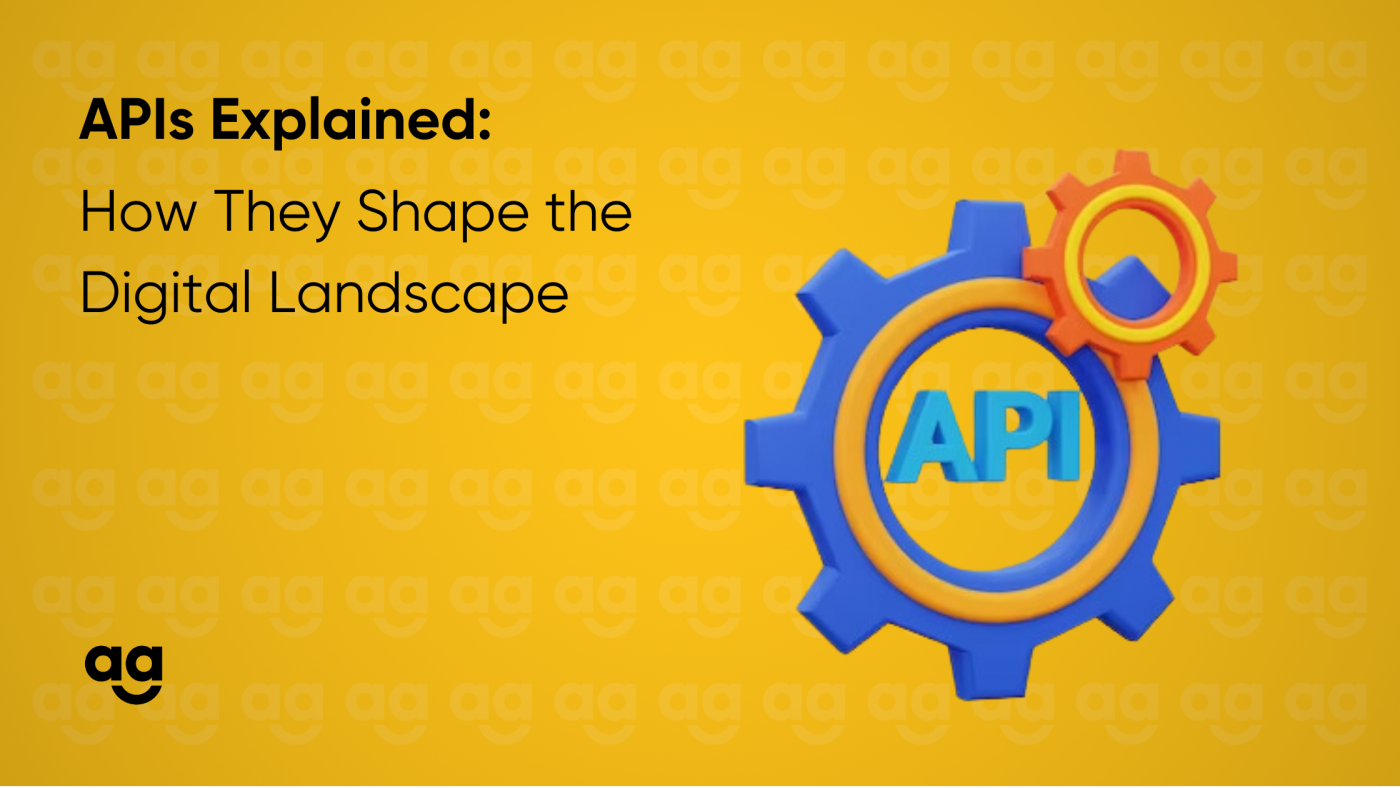Introduction
Application Programming Interfaces, or APIs, have become essential building blocks in the constantly changing digital landscape because they allow various software applications and services to seamlessly connect and interact with one another. APIs are essential to the way we engage with technology and obtain information in the modern digital world. We’ll dive into the foundations of APIs in this blog and examine how they fit into the dynamic, globally interconnected world of digital innovation.
Understanding APIs
Defining API
An API is fundamentally a collection of tools and protocols that enable communication between different software programmes. By acting as a communication link, it lets developers access particular features or information from a service without needing to be familiar with its internal operations. APIs lay out the guidelines for proper communication between software components.
Endpoints and Requests
Endpoints, which are particular URLs or URIs that stand for various resources or functions, make up APIs. Developers send requests to the API’s endpoint in order to obtain data or access certain features. After processing this request, the API either provides the requested information back or carries out the requested action.
The Role of APIs in Shaping the Digital Landscape
Interconnected Ecosystems
APIs play a key role in building interconnected ecosystems that enable smooth communication between different platforms, services, and apps. Thanks to this interconnectedness, customers can move between different digital services with ease or access a variety of features within a single application.
Development of Mobile Apps
The world of mobile apps relies heavily on APIs. APIs are used by developers to include functionality into their applications, including payment gateways, social media sharing, maps, and more. This improves the usability of mobile apps and gives users a more engaging experience.
Web Design
Through the use of APIs, web developers may include third-party services and make features like content sharing, social media logins, and data retrieval possible. Websites become more dynamic and responsive to user activities as a result of this integration.
Cloud-Based Software
The operation of cloud computing platforms depends on APIs. APIs are used by cloud services to let users communicate with and control virtualized resources. This gives companies the flexibility and efficiency to scale their operations, access storage, and implement apps.
Internet of Things Communication
APIs allow connected devices in the Internet of Things (IoT) to communicate with one another. They allow gadgets to cooperate, share data, and carry out tasks. The growth of smart homes, industrial automation, and other Internet of Things applications depends on this interconnection.
API Economy and Innovation
Prospects for Monetization
Novel business models have emerged as a result of the API economy. Businesses can charge for their APIs by providing services to outside developers. By fusing various APIs to create new applications, developers not only make money but also encourage creativity.
Quick Design and Model Building
Because APIs enable developers to expand on pre-existing functions, they expedite the development process. Developers can concentrate on developing novel features rather than trying to recreate the wheel, which will speed up the prototyping and product development cycles.
Improved User Experience
An experience that is more user-centric and tailored is made possible by APIs. Applications can provide customers with customized information and functions by integrating several services and data sources, which ultimately improves user happiness.
Conclusion
Foundations in API design are crucial not only for developers but for everybody attempting to comprehend the architecture of the modern digital world. When APIs are used to their fullest capacity, endless opportunities arise and continuous innovation in the quickly evolving digital space is facilitated.







 Shipping
Shipping







